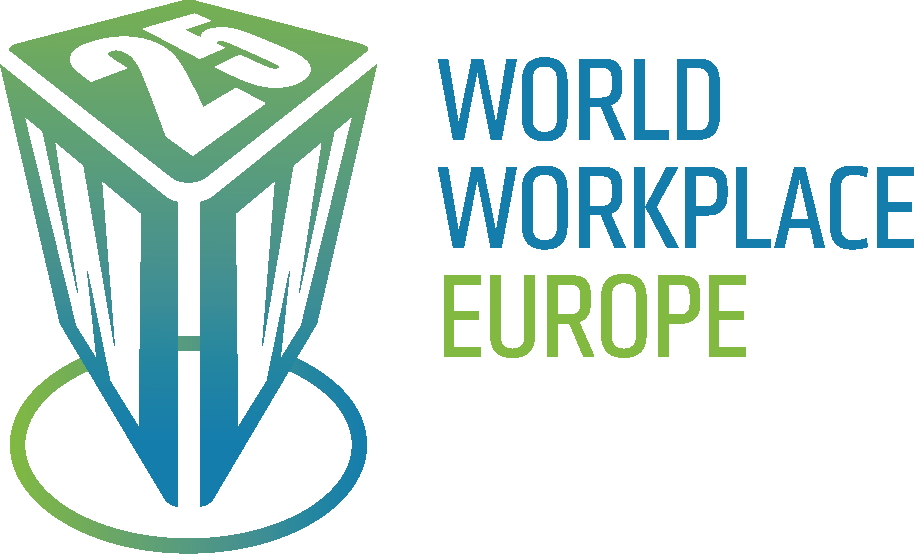Change in an organization is never a one-off event, but a process. Yet many companies still launch major projects – such as introducing a new workplace concept – with nothing more than a single info session or an email. The result? Resistance, confusion, and sometimes even complete failure of the initiative. Successful transformation requires a clear roadmap. That is precisely where John P. Kotter’s 8 steps model shows its strength.
Inspiration from Japan: nemawashi as preparation
In Japanese business culture, there is the concept of nemawashi: preparing an important decision through informal conversations and silent consensus long before the official meeting. It illustrates how vital proper preparation is to get people on board. Trying to change without a structured process is simply asking for trouble.
Kotter’s eight steps
Kotter, a Harvard professor and pioneer in change management, developed his model in the mid-1990s, and it remains highly relevant today. The framework consists of eight simple yet powerful steps that guide organizations in managing change both systematically and with a focus on people.
- Create urgency – Employees must understand why change is necessary. The stronger the link to external challenges or opportunities, the greater the motivation.
- Build a guiding coalition – A core team that fully believes in the change, with complementary skills and access to resources, becomes the engine of the process.
- Develop a clear vision – Think of the vision as an island you aim to reach: without a clear destination, you drift aimlessly.
- Communicate the vision widely and consistently – Not only through formal channels but also in everyday conversations. Leaders must embody the message.
- Remove obstacles – Identify and eliminate barriers such as outdated systems or unclear responsibilities so employees can actually move forward.
- Generate quick wins – Small, visible successes prove that change works. They build momentum and energize the organisation.
- Consolidate and build on success – Avoid stagnation by reinforcing early wins and launching new initiatives aligned with the vision.
- Anchor change in the culture – New behaviors and values must become part of the organization’s DNA, so they feel natural to everyone.
More than a project: a cultural shift
The model’s real power lies in combining the technical side of project management with the human side of change. It recognizes that transformation is not only about systems and processes, but also about emotions, habits, and resistance.
For organizations experimenting with hybrid working or activity-based workplace concepts, Kotter’s roadmap is more relevant than ever. Without a carefully structured process, employees may quickly dismiss such initiatives as cost-cutting exercises. But by clearly explaining the why, how, and what of change, organizations can turn these projects into powerful levers for collaboration, efficiency, and engagement.
Conclusion
Change is always challenging, but with a clear compass like Kotter’s 8 steps model, it becomes both achievable and sustainable. The framework offers organizations practical guidance not just to launch projects, but to embed them deeply into their culture. After all, true change only succeeds when new ways of working and behaving become second nature.














